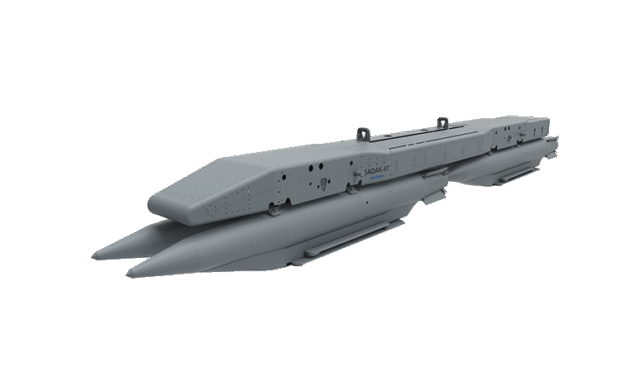Base Bleed Technology: Revolutionizing Artillery Range
**Among the various innovations aimed at increasing the range of artillery munitions, the Base Bleed system stands out as a pivotal advancement.** This technology has transformed how artillery is utilized on the battlefield, significantly enhancing its effectiveness. Artillery has long been a dominant force in military history, providing strategic advantages that have shaped the outcomes of conflicts.
Artillery’s evolution has been remarkable, beginning with the ancient catapults and progressing to the sophisticated firearms that emerged with gunpowder. Throughout history, artillery has played a crucial role in siege warfare, showcasing its importance in large-scale battles. By the 16th and 17th centuries, the introduction of field artillery and its synergy with infantry positioned it as a versatile asset, amplifying its influence on the battlefield.
The Role of Artillery Through History
The Industrial Revolution marked a significant turning point for artillery systems, enhancing their range and accuracy. During World War I, artillery became central to trench warfare, introducing an era characterized by overwhelming firepower. The advancements continued during World War II, where mobile artillery systems and multiple rocket launchers further enhanced operational effectiveness.
The Cold War period saw artillery infused with new technologies, including nuclear munitions and radar capabilities, cementing its role as a critical element of strategic deterrence. The evolution of artillery systems has continuously adapted to changing warfare paradigms, reinforcing their pivotal status on the modern battlefield.
Artillery’s Tactical Importance in Modern Warfare
Artillery bombardments are essential for the success of offensive military operations, fulfilling vital roles at every stage of an attack. They are instrumental in suppressing enemy defensive positions, providing crucial fire support for troops, and facilitating maneuver corridors for advancing forces. At the outset of an offensive, artillery creates both psychological and physical devastation by applying immense pressure on enemy strongholds.
The effectiveness of artillery lies in its ability to soften enemy defenses through intensive bombardments, which subsequently disrupt supply lines and inhibit counterattack capabilities. This strategic application allows ground forces to exploit weaknesses and maintain momentum during assaults.
Advancements in Artillery Precision
Today’s artillery systems are marked by high precision, largely due to the integration of advanced technologies like laser and GPS-guided munitions, artificial intelligence, and net-enabled warfare systems. Continuous efforts to extend artillery range are underway, enhancing the firepower available to modern military forces. This capability allows artillery to engage strategic targets from previously unattainable distances.
Among these advancements, the Base Bleed system plays a crucial role. Designed to minimize air resistance in long-range artillery munitions, this technology features a small pyrotechnic unit at the projectile’s base, which reduces drag by alleviating the low-pressure area created behind the missile. As a result, artillery munitions can effectively reach farther targets and exert their influence over a broader area.
The Impact of Base Bleed Technology
Given the growing significance of range and hit probability in contemporary military operations, Base Bleed technology represents a crucial innovation that elevates the effectiveness of artillery strikes. By allowing munitions to cover greater distances and enhance their striking capabilities, this advancement directly contributes to achieving strategic objectives on the battlefield.
For readers interested in a detailed exploration of artillery munitions’ historical development and a comprehensive analysis of the Base Bleed system, the 24th issue of Defence Turk Magazine provides a thorough study. Engage with the latest insights by accessing the full article online.







